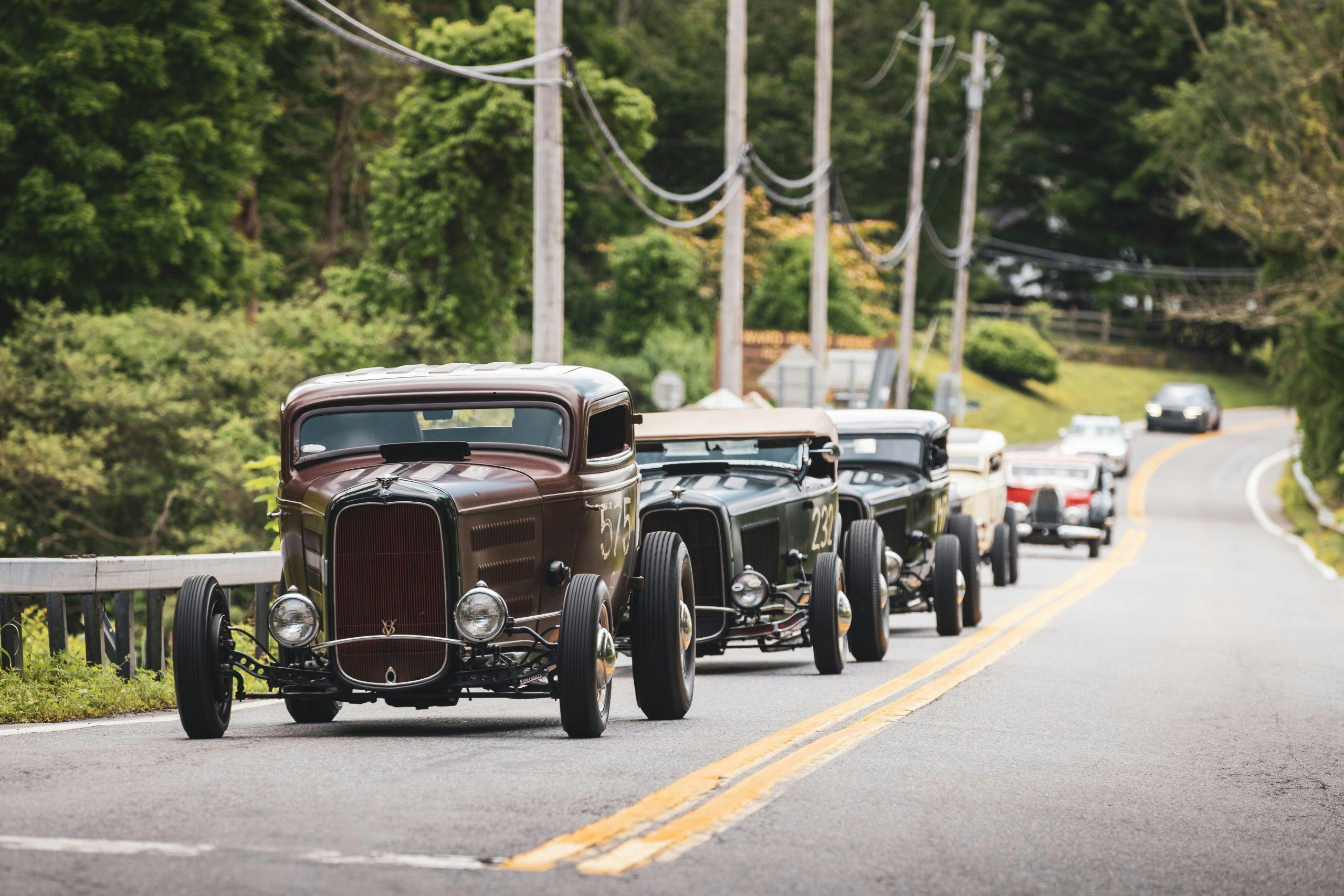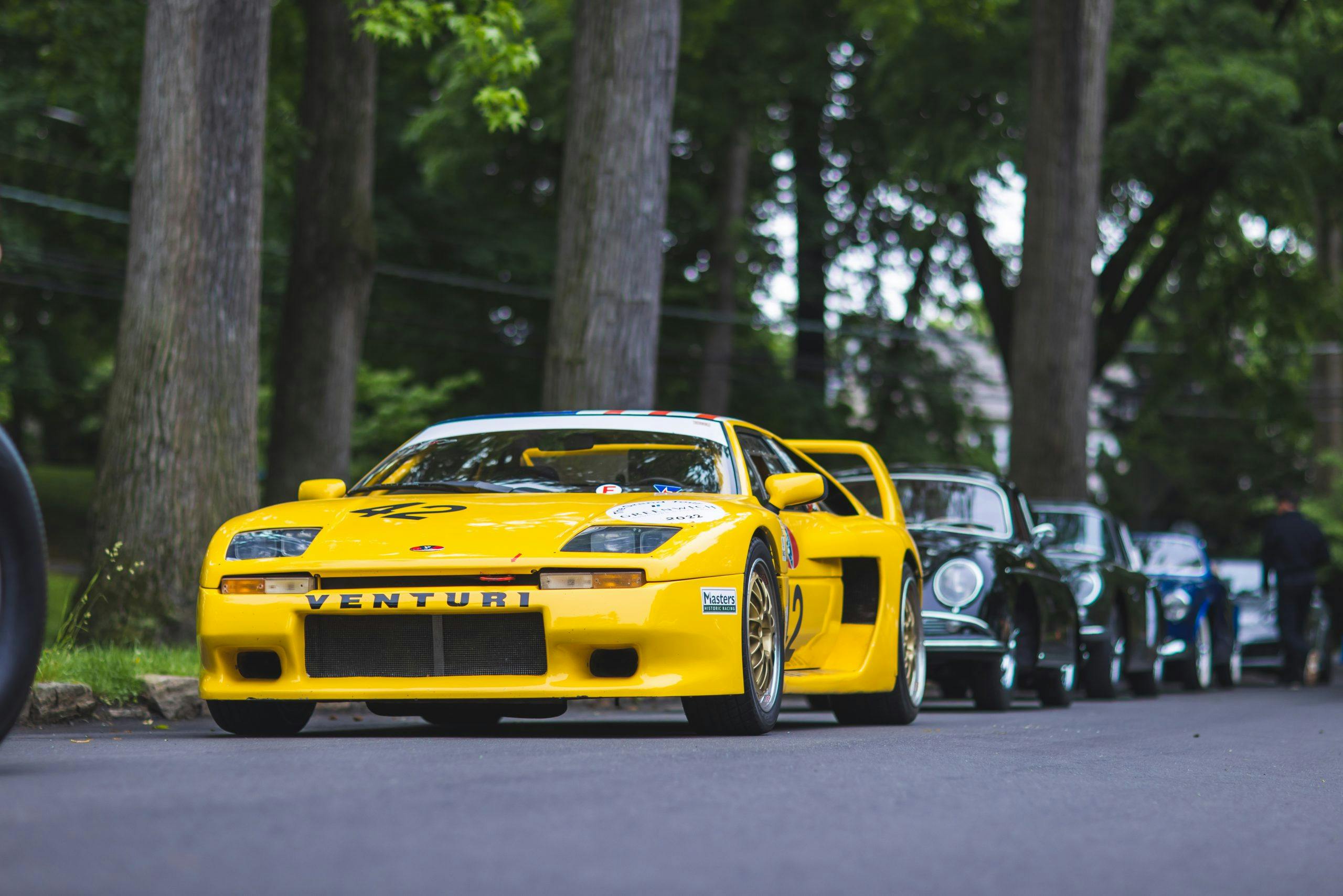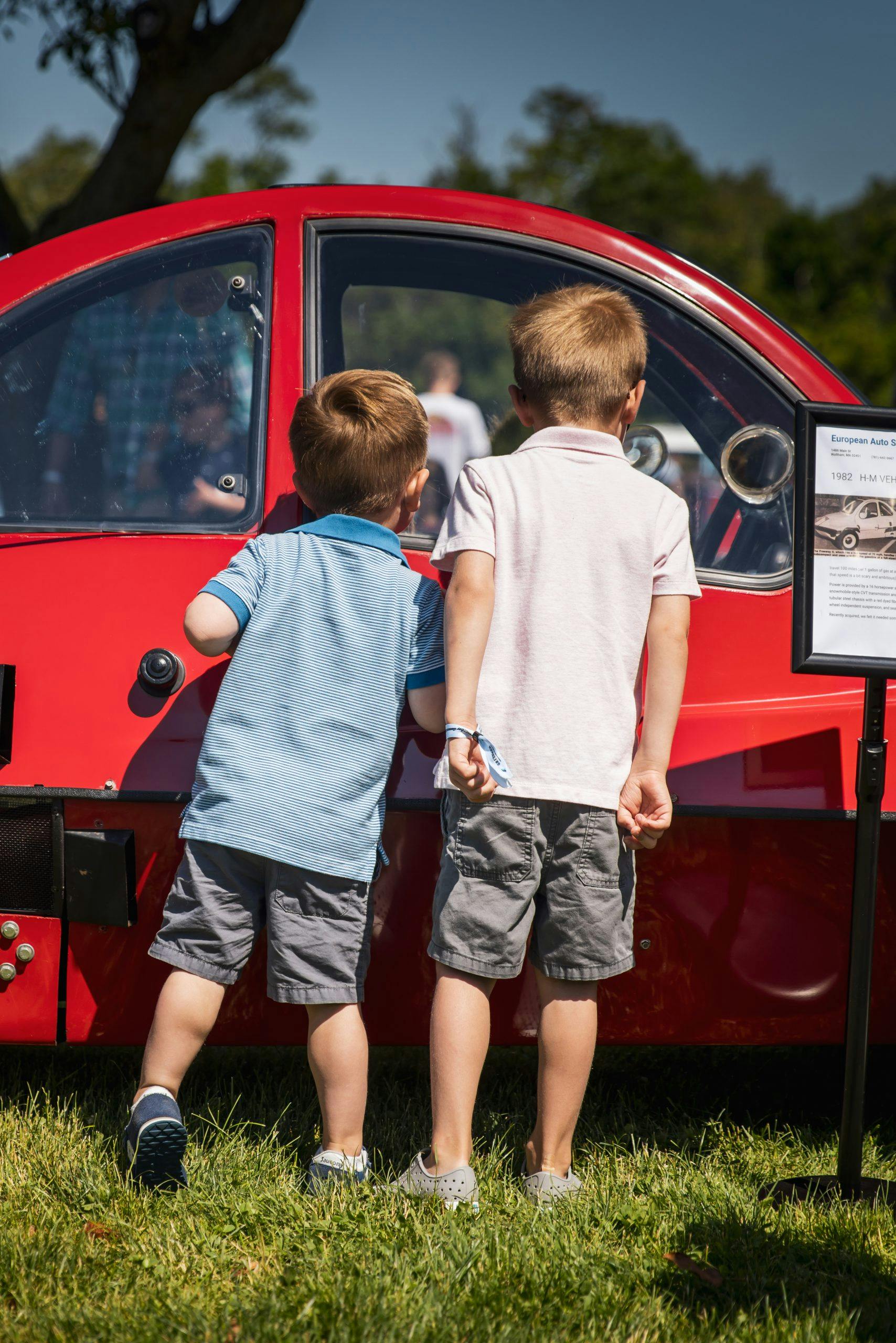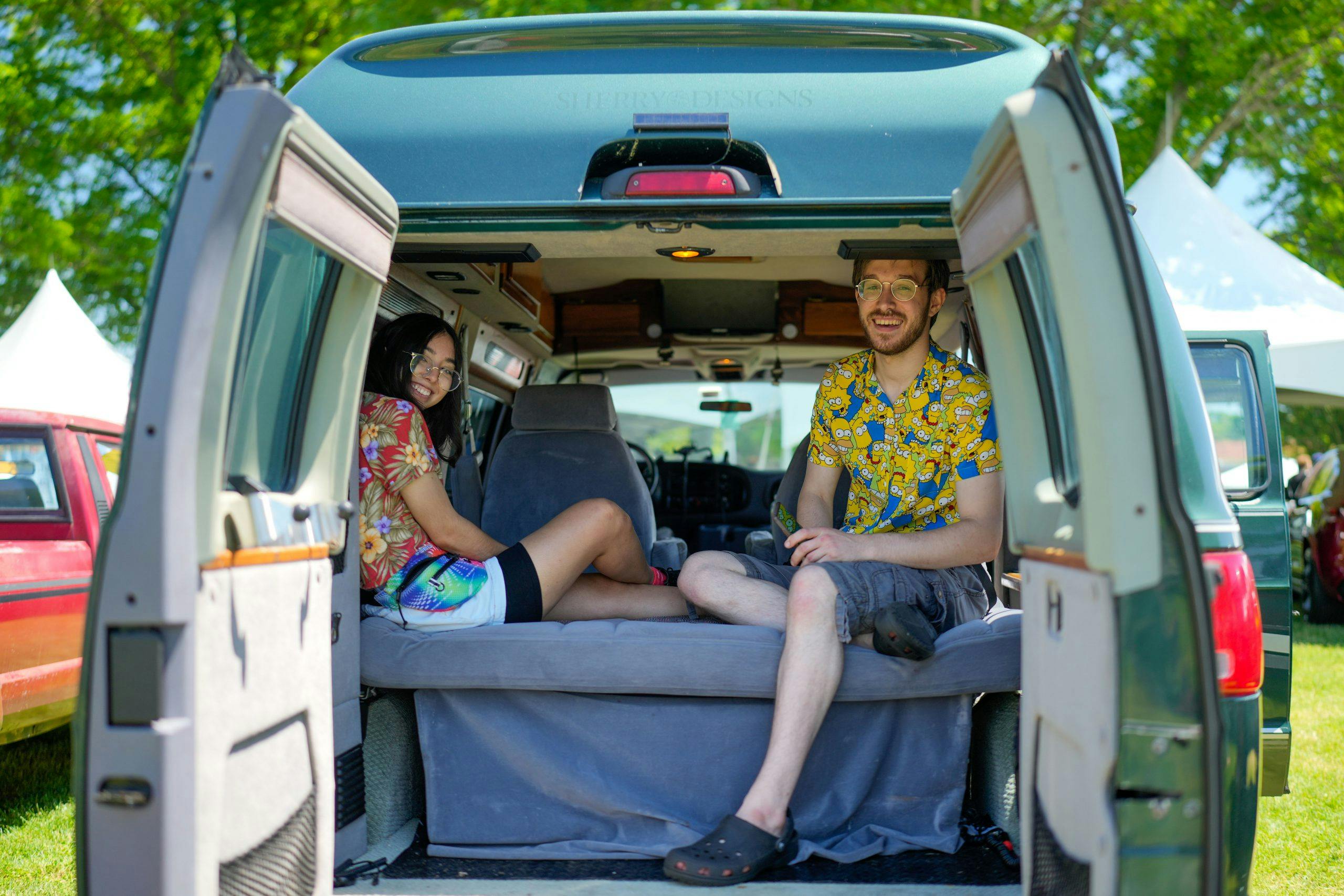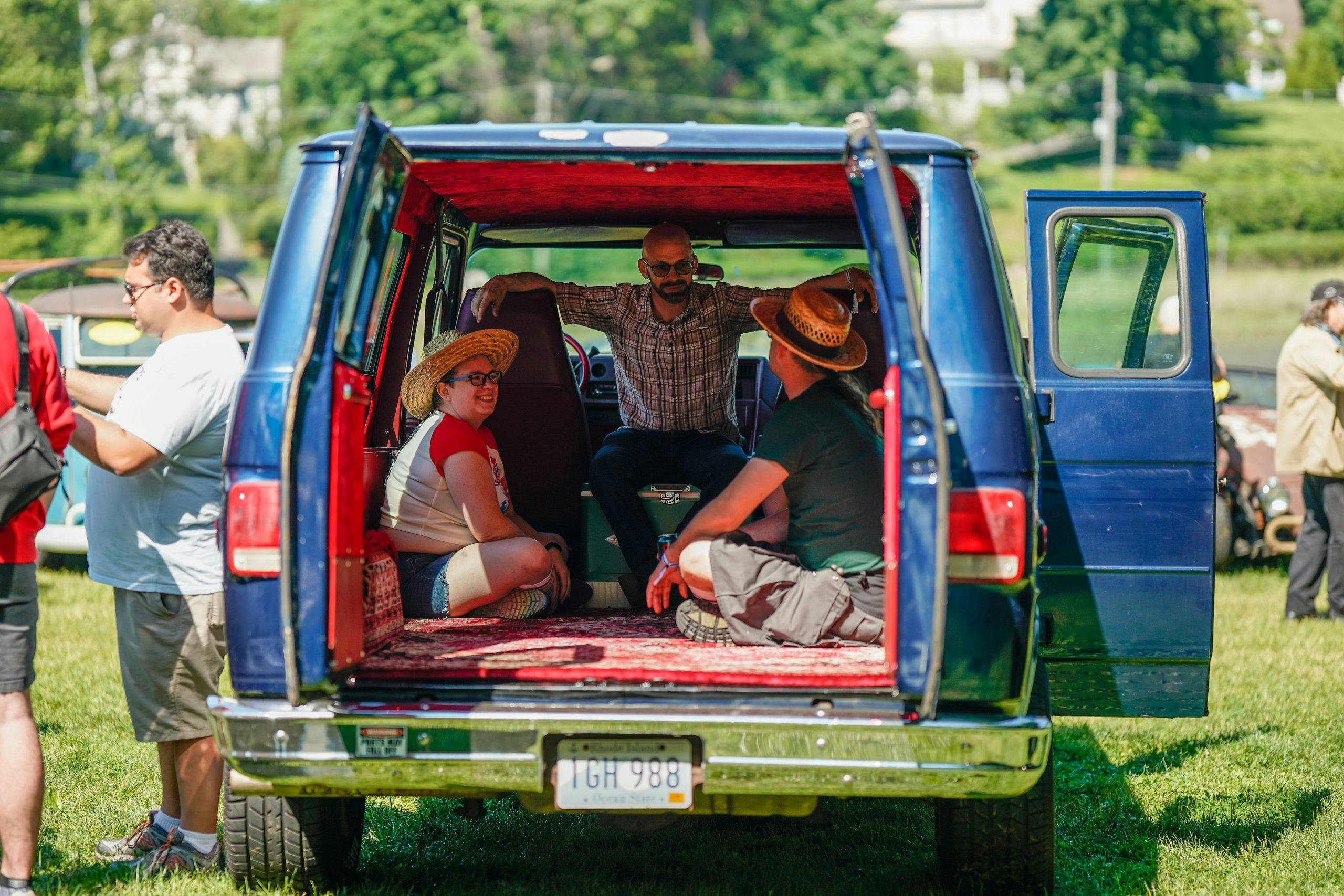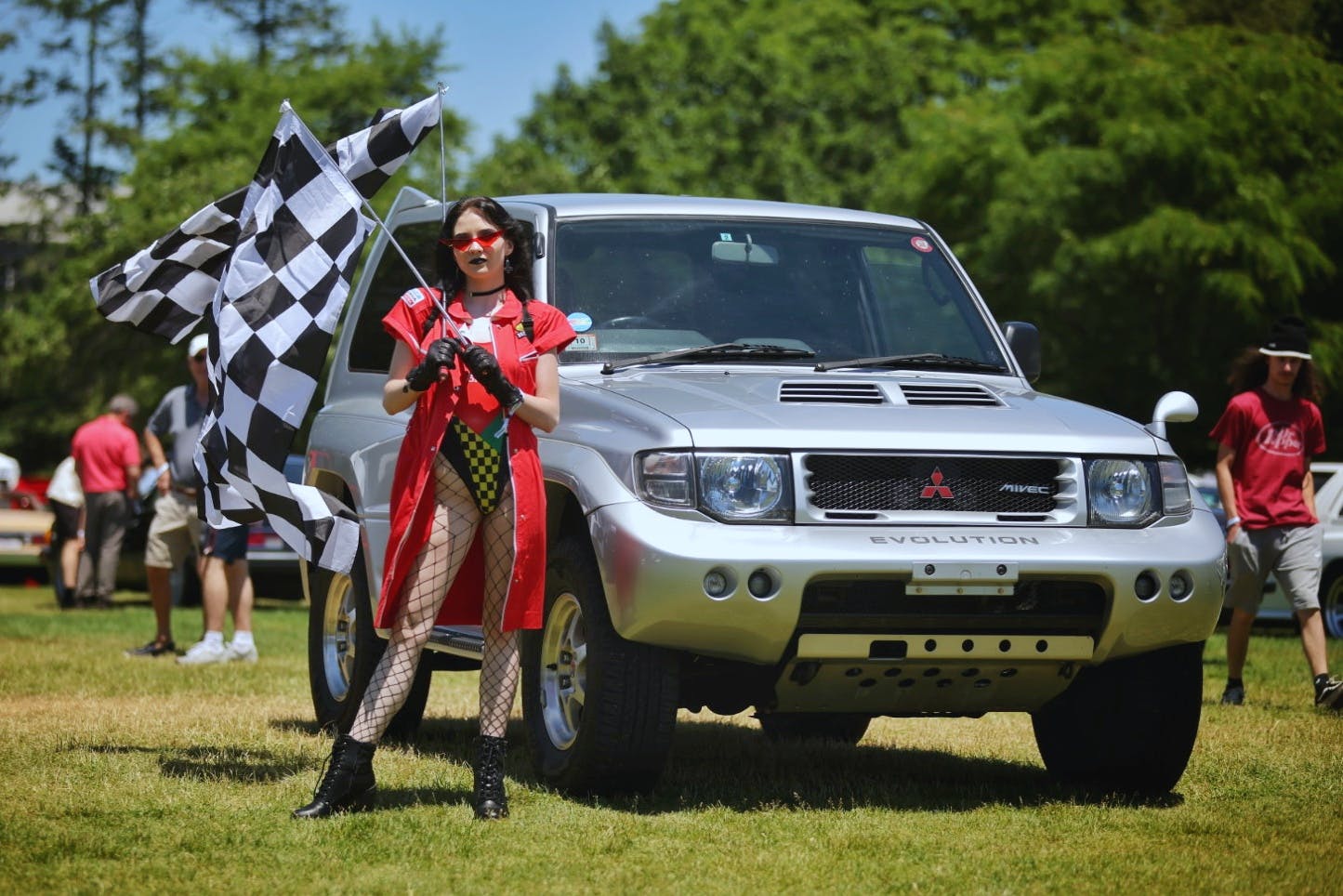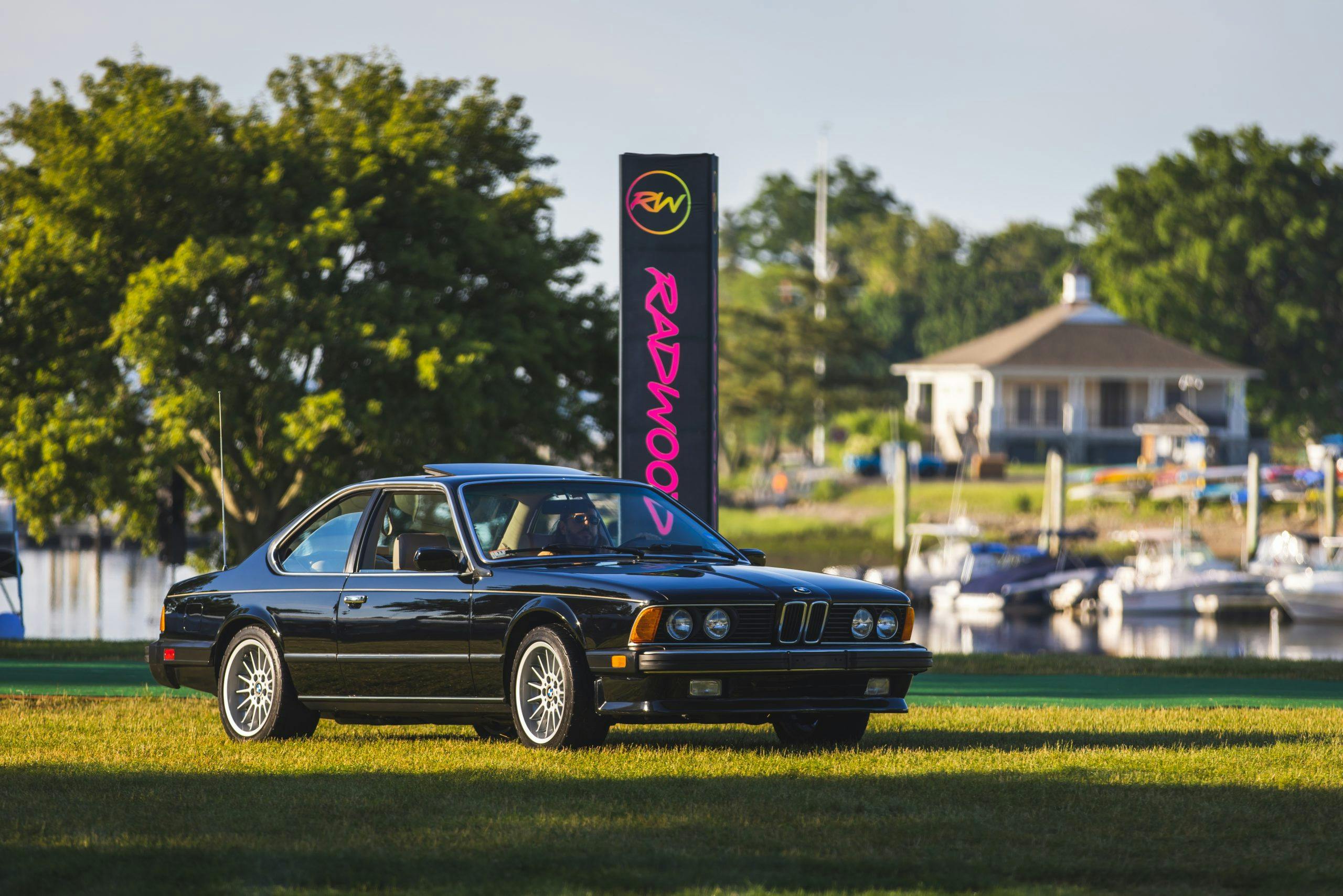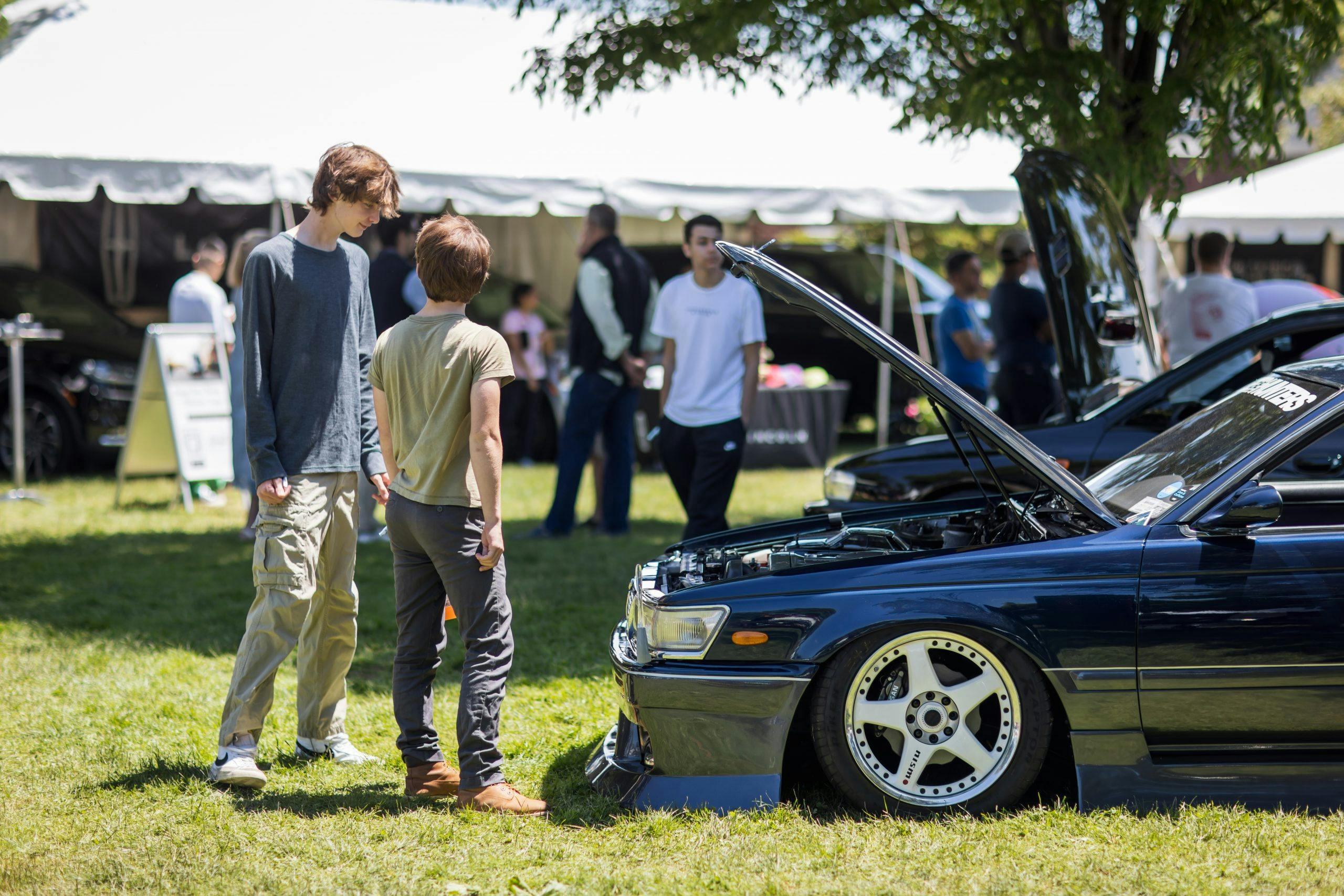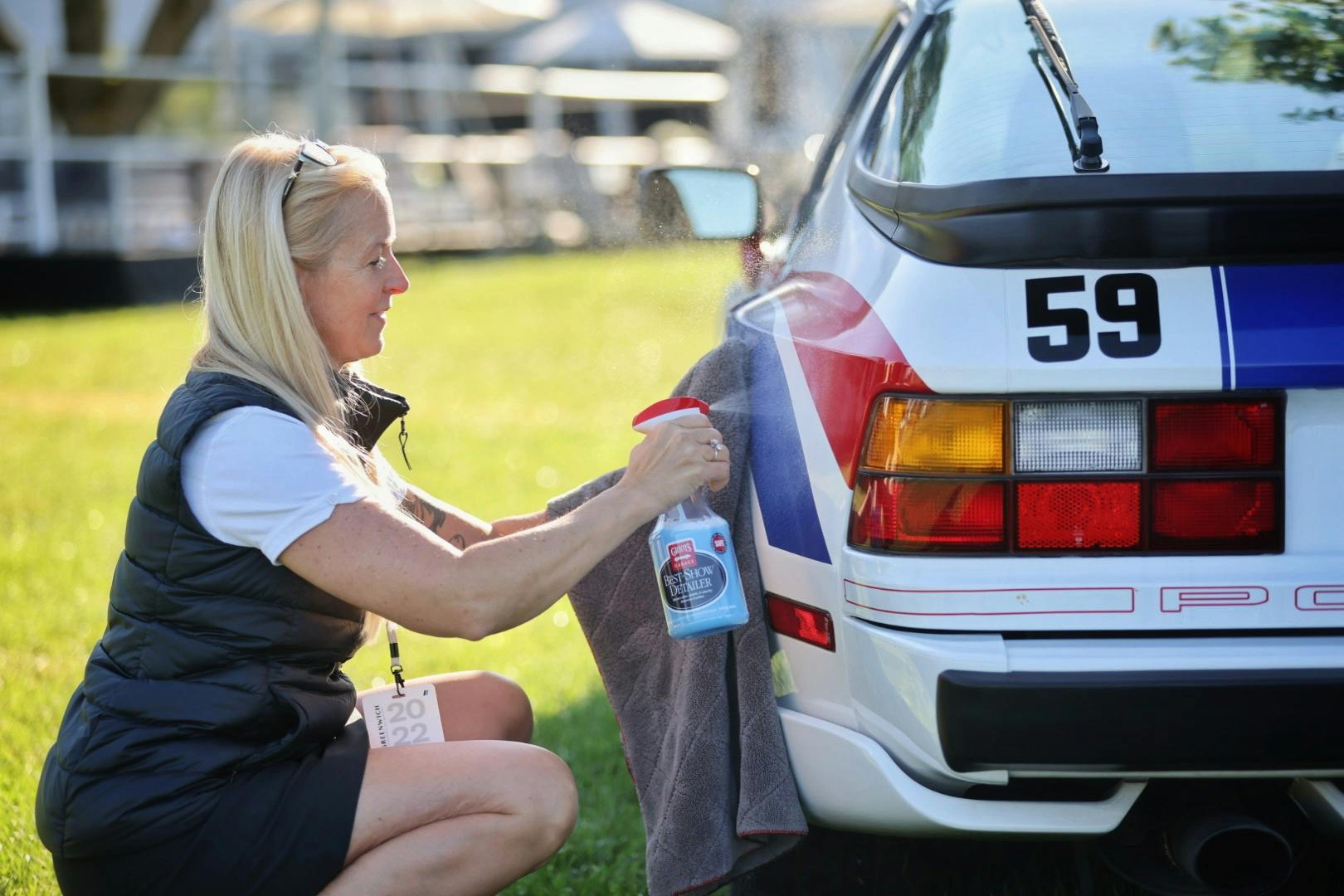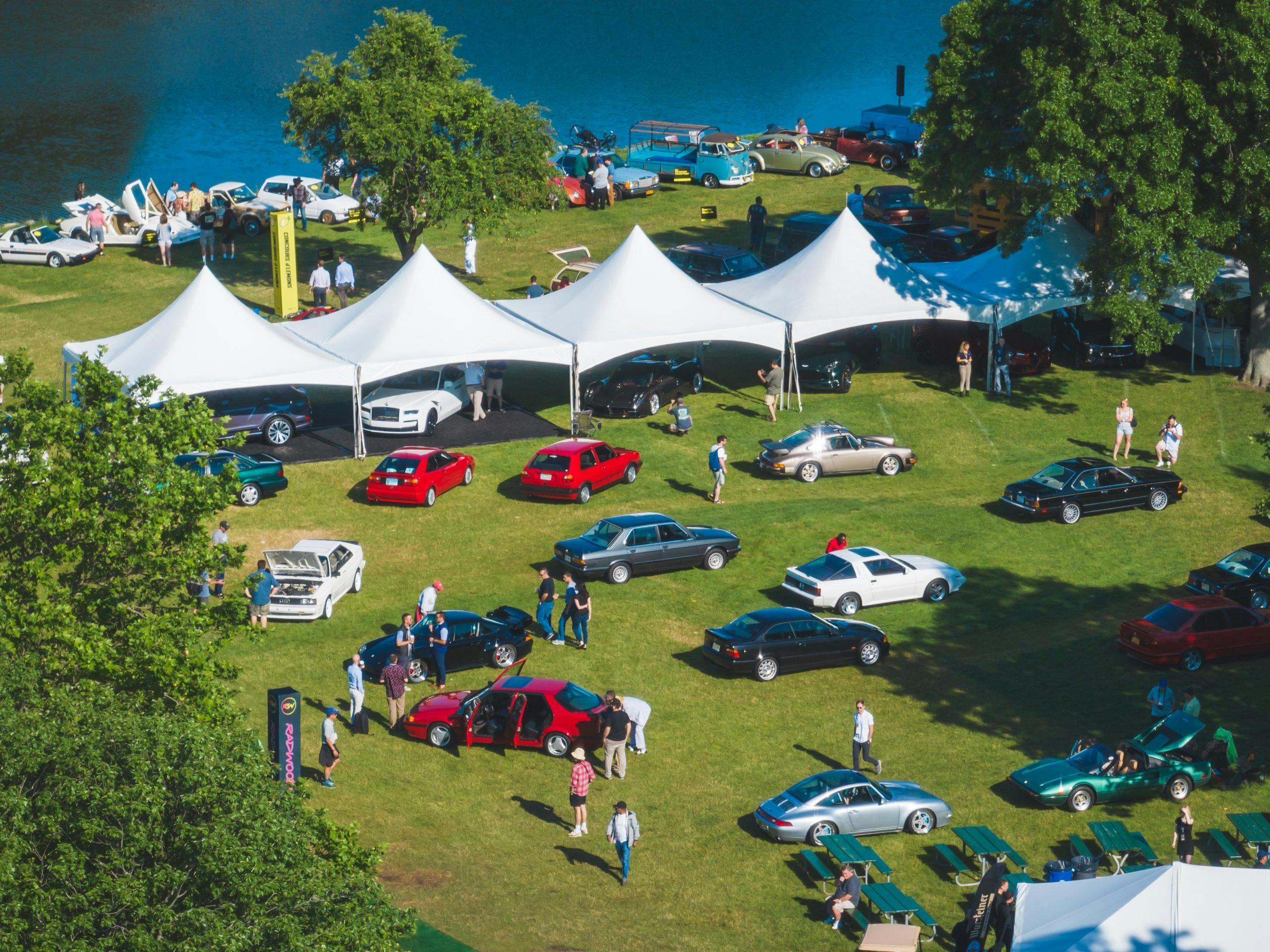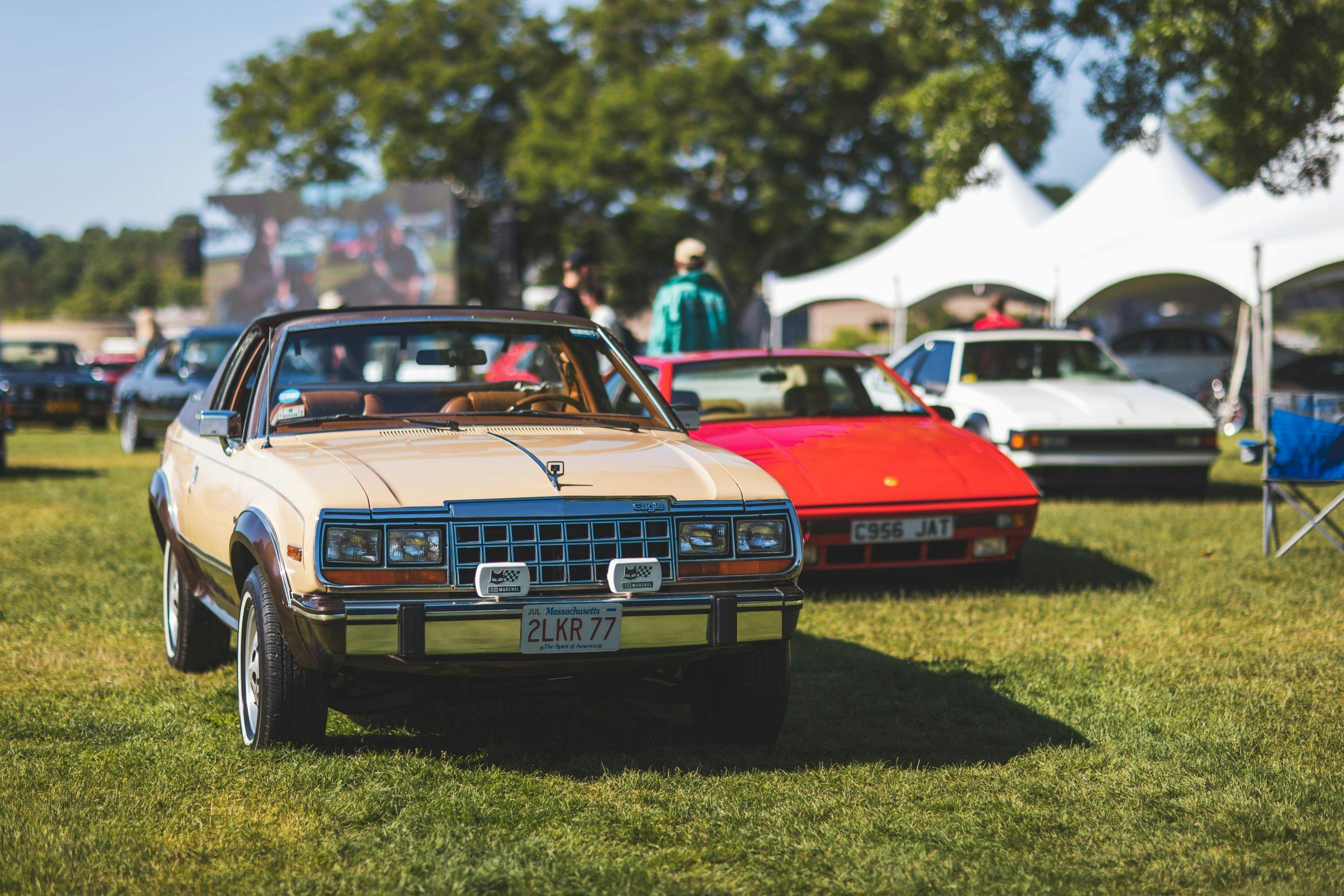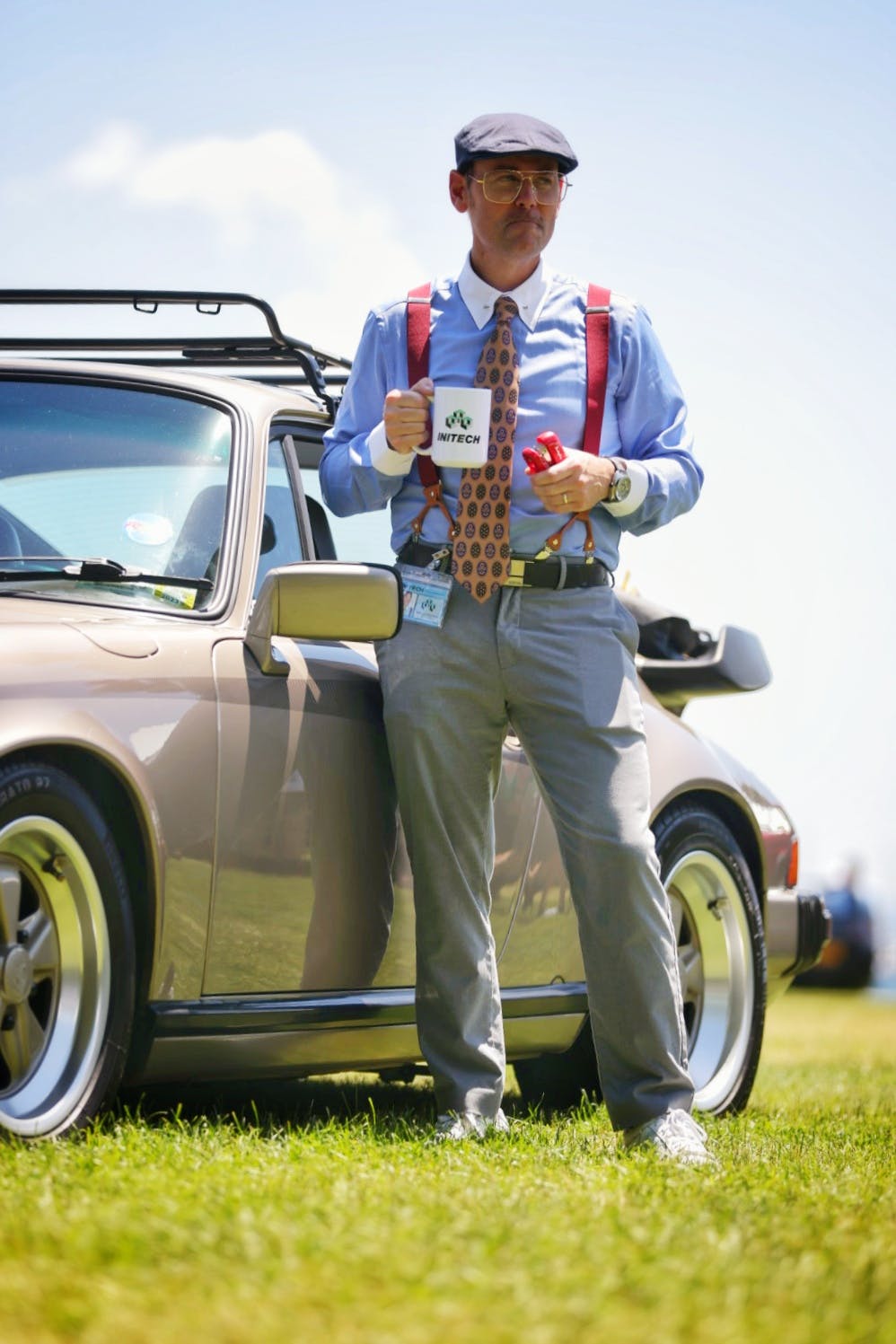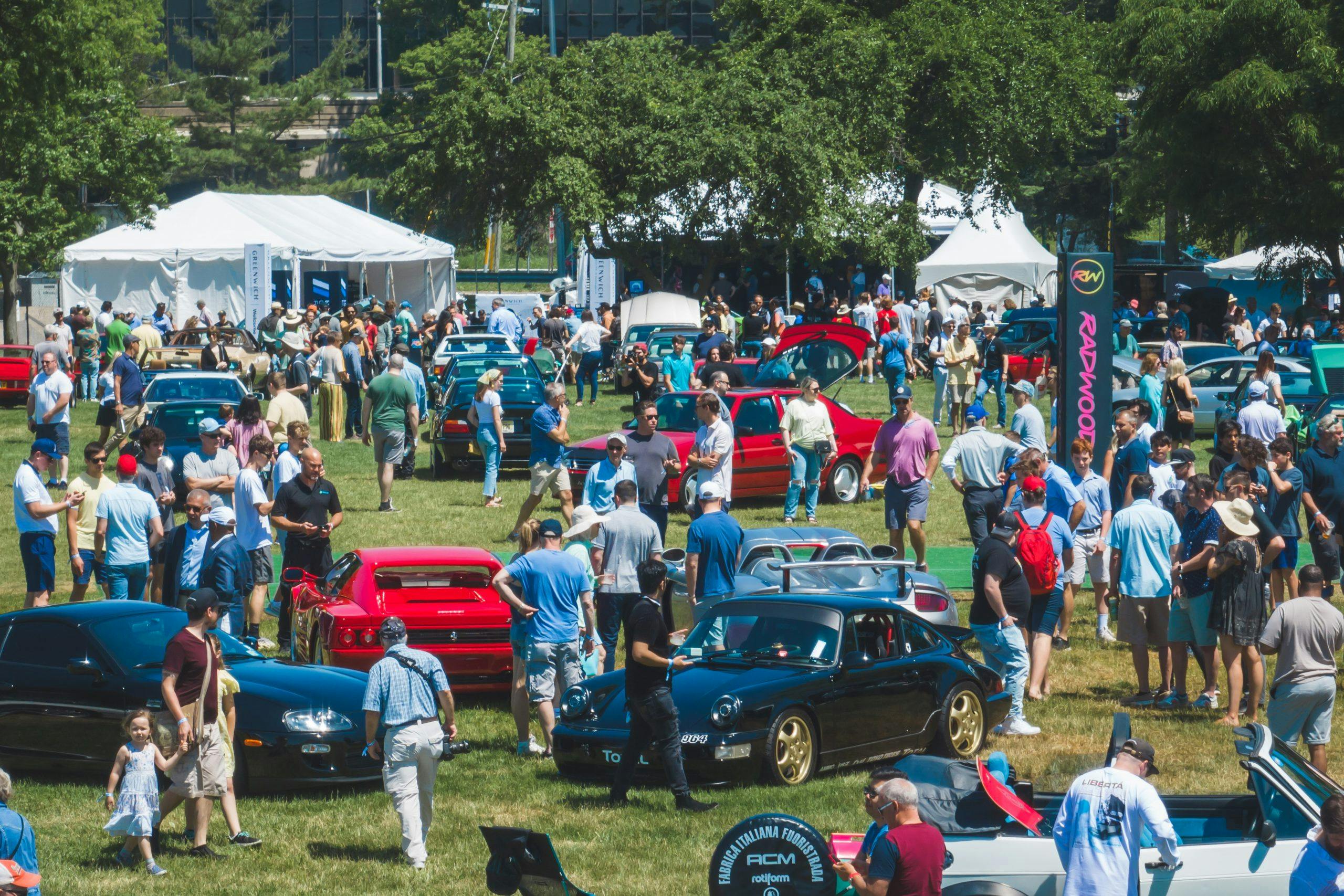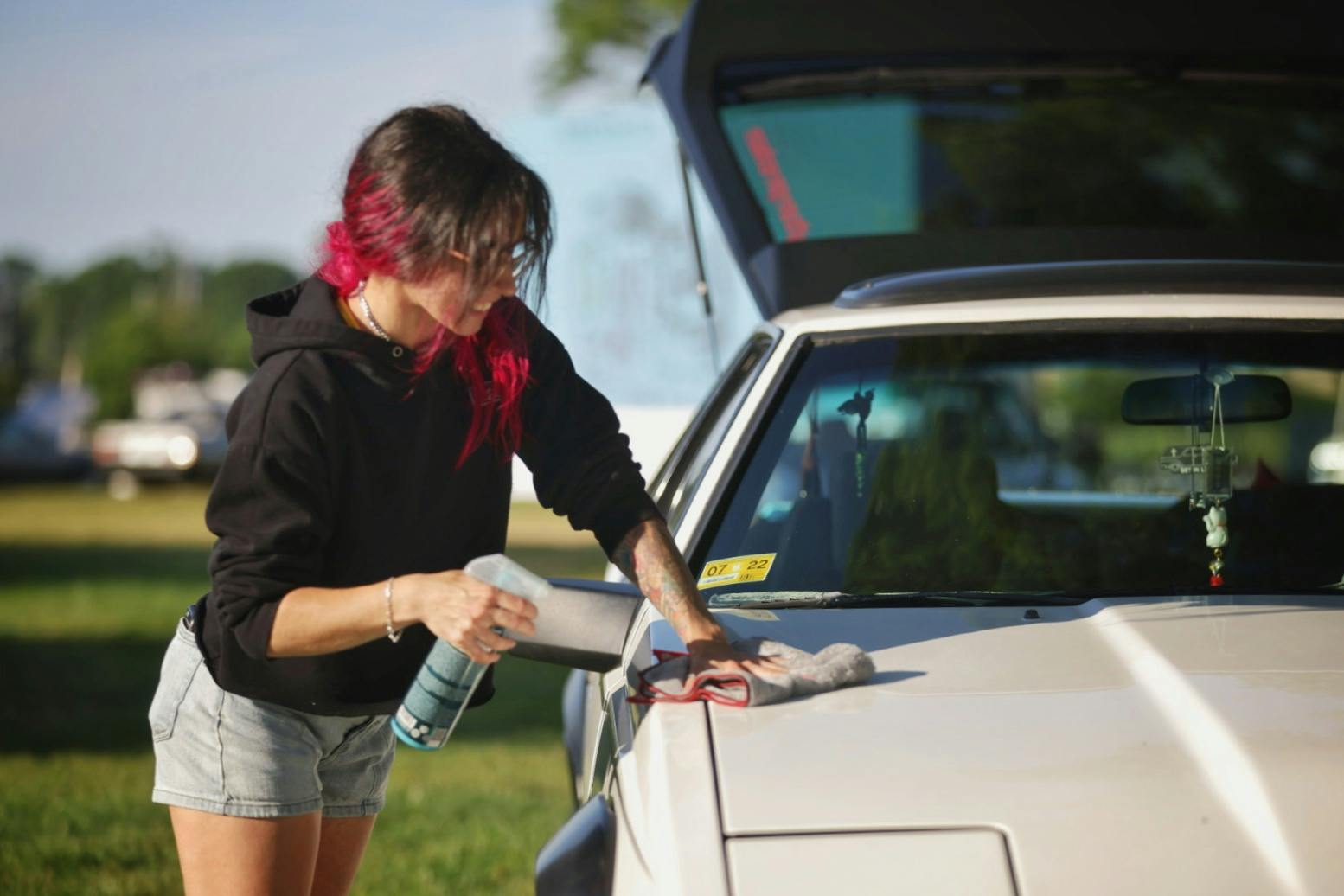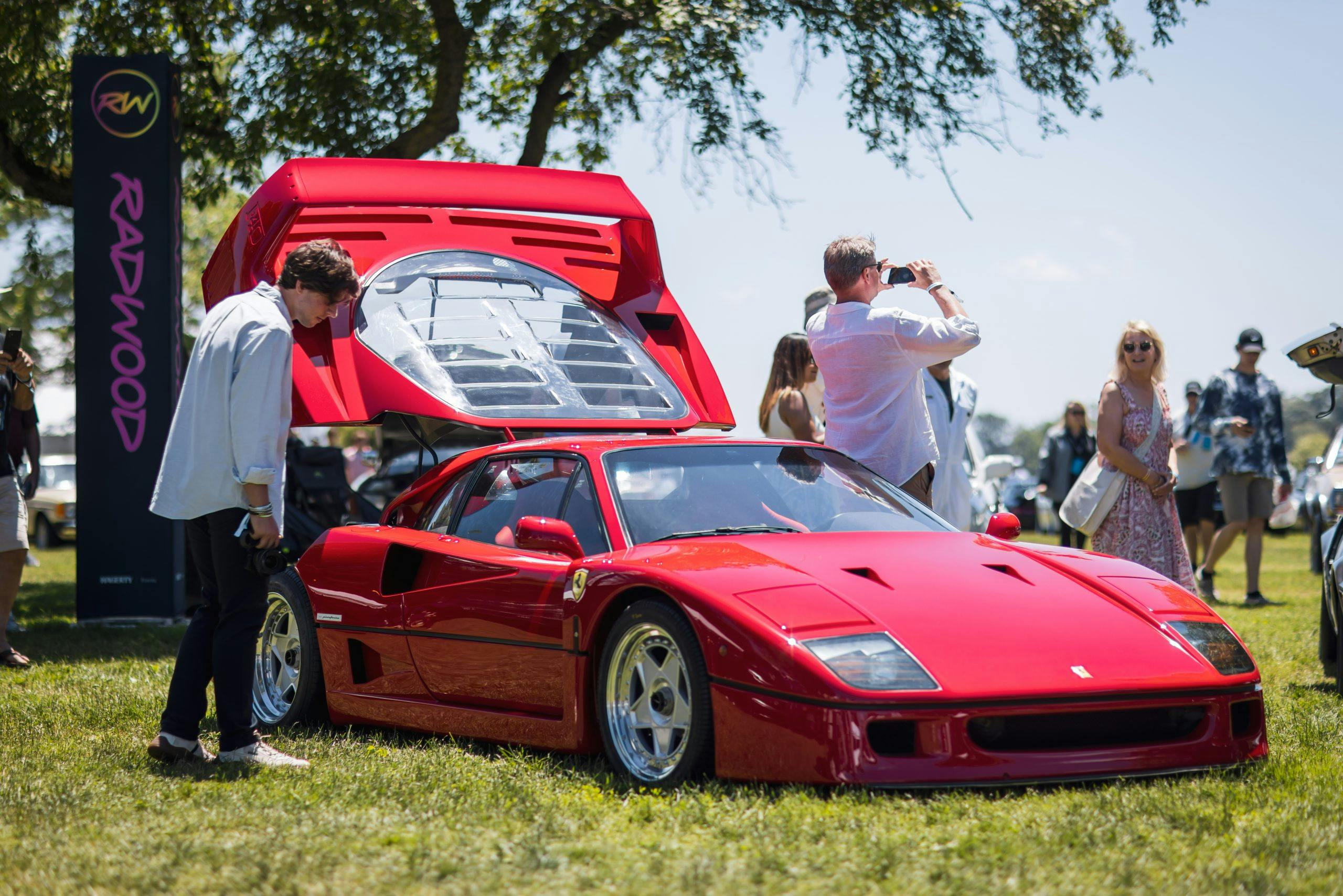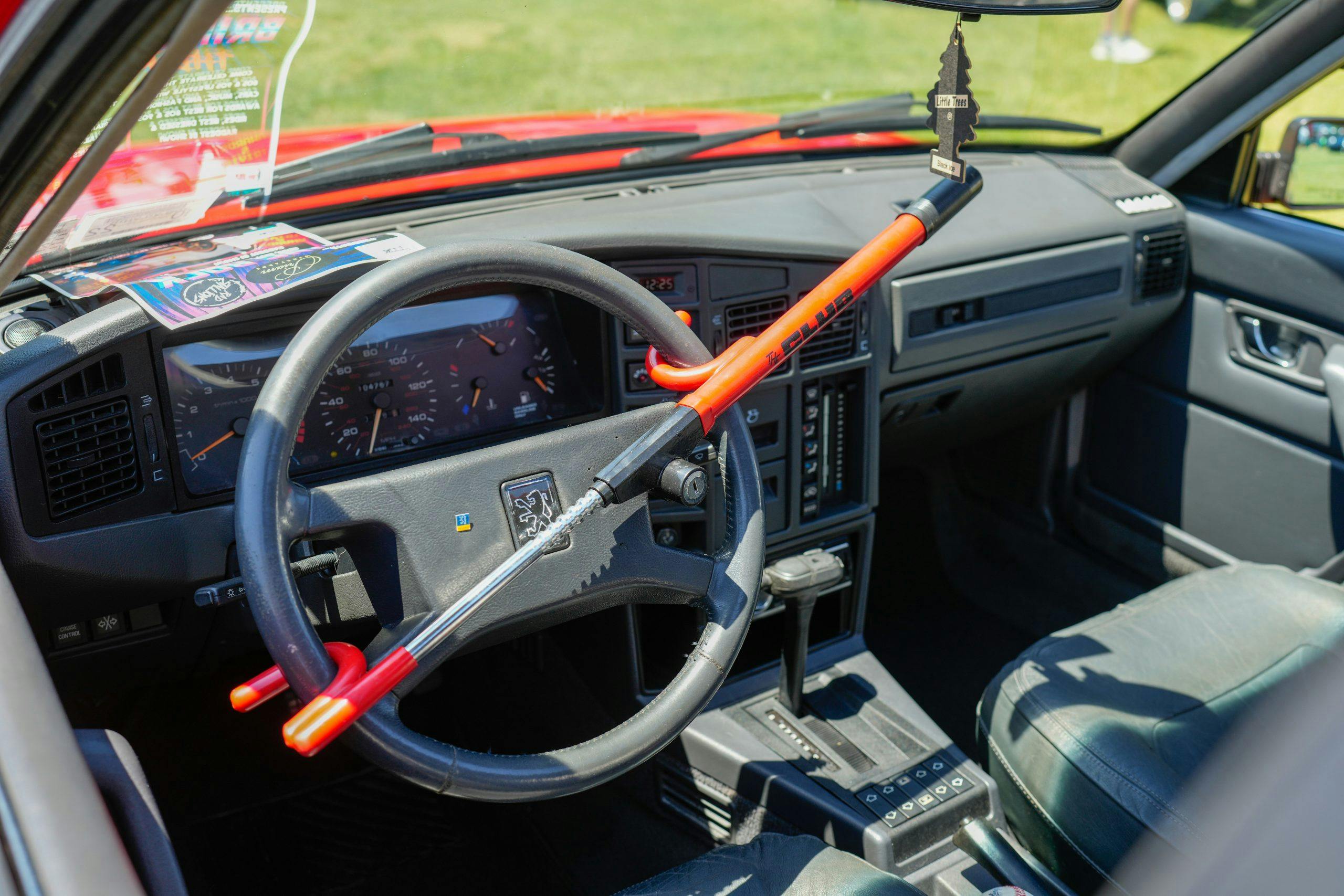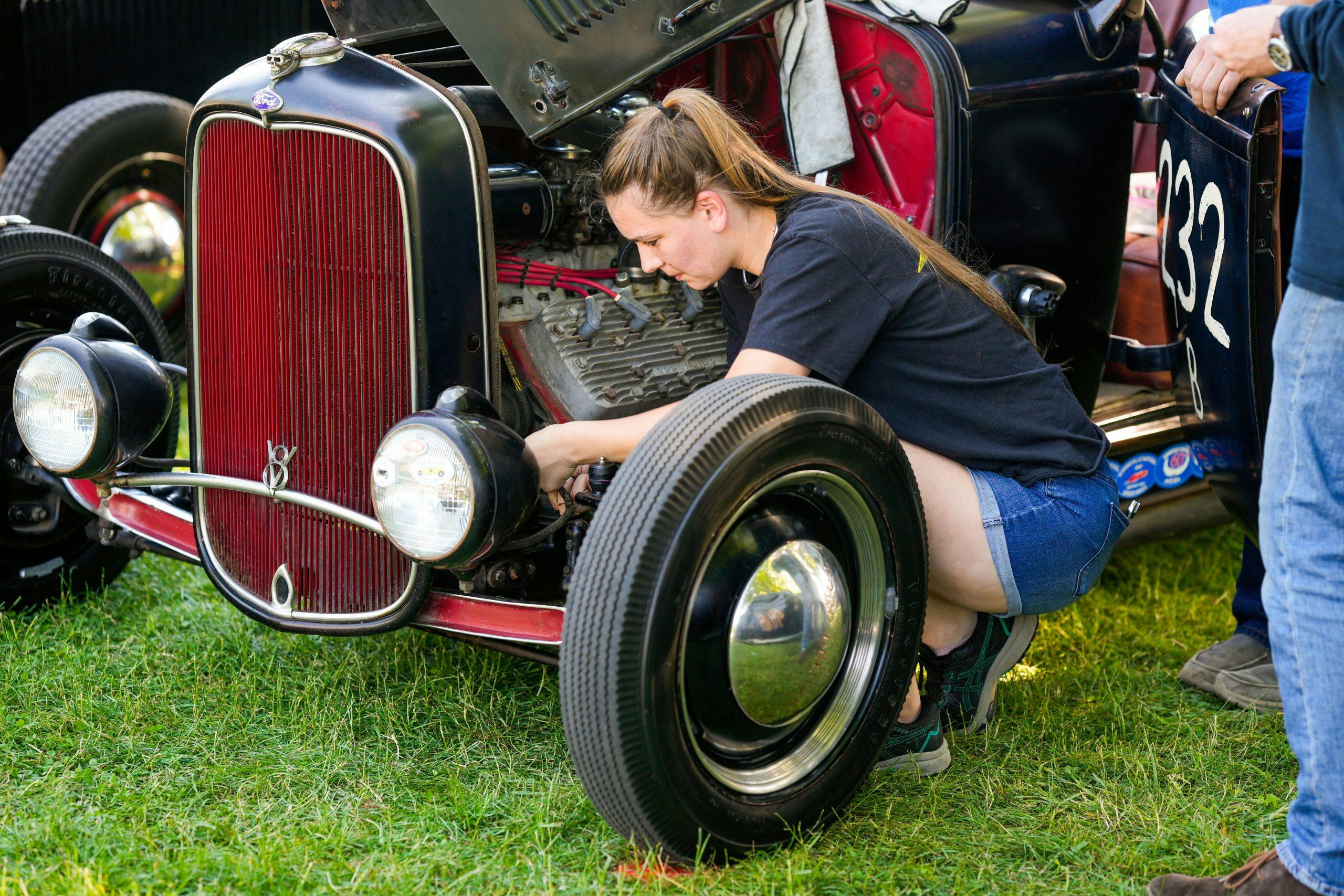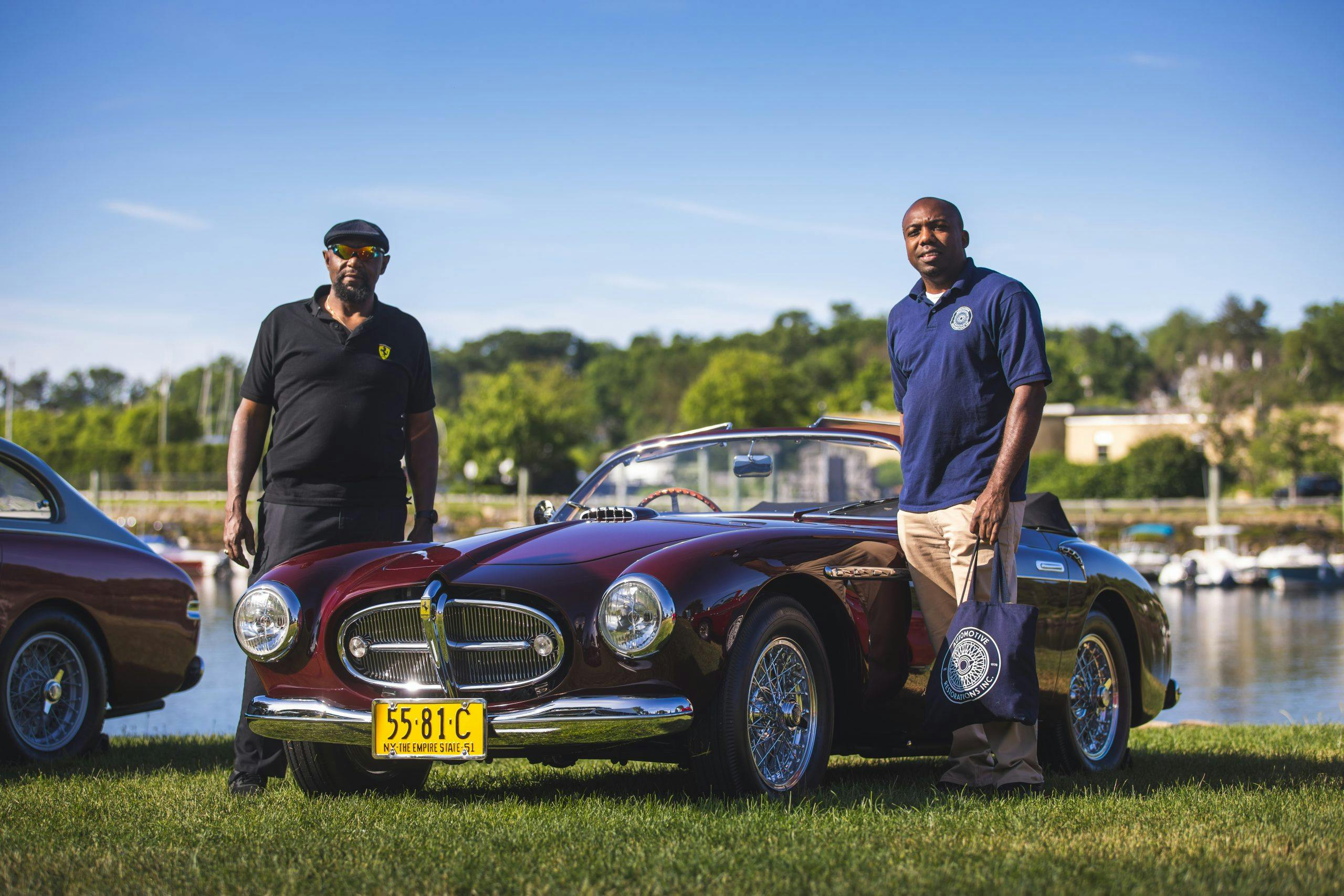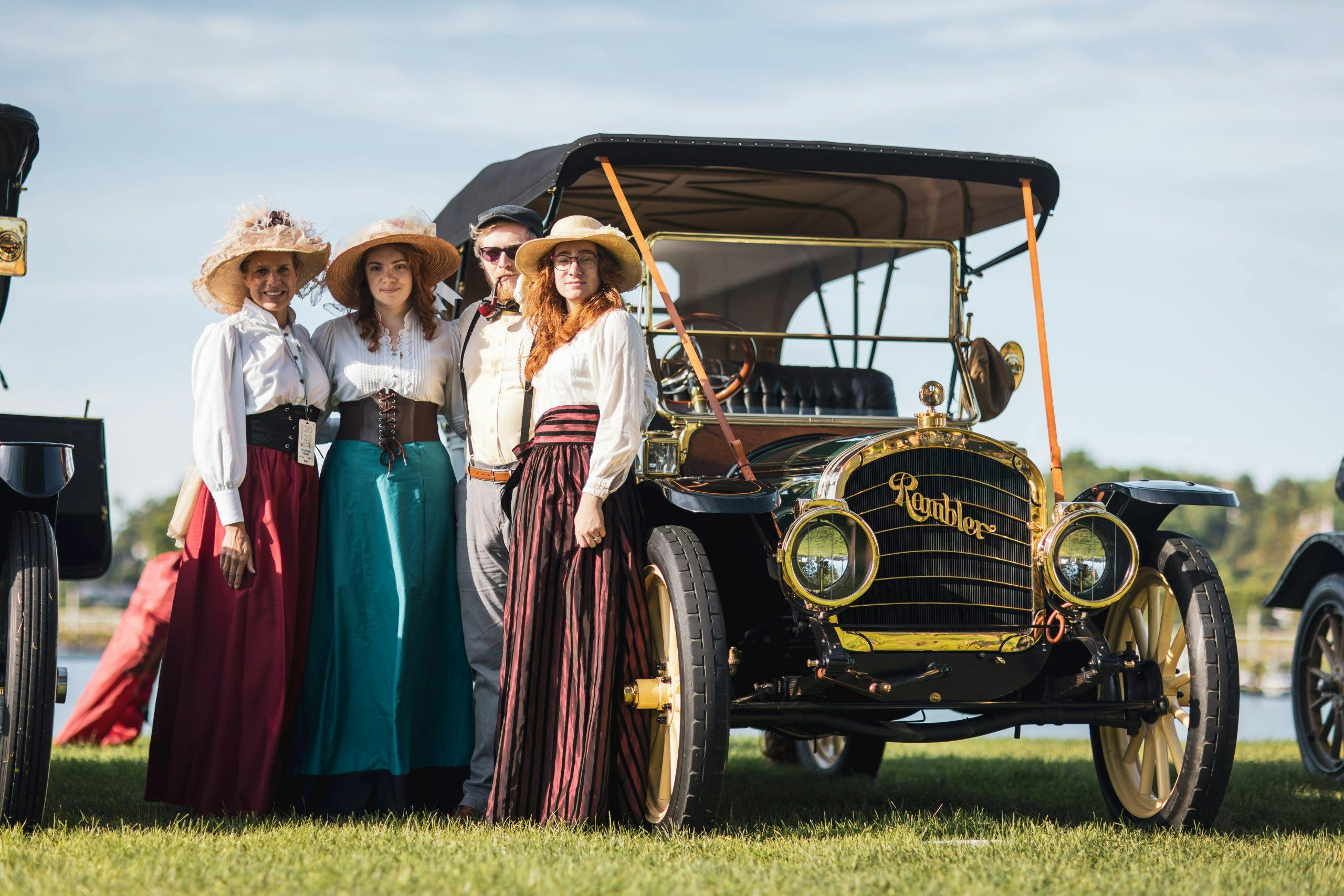8 Greenwich winners you may have missed
Although it’s nowhere near the scale—in acreage or attendance—of Pebble Beach or Amelia Island, the Greenwich Concours d’Elegance is the little concours that could. And does. And will again.
Sunday’s 26th annual event, held at Roger Sherman Baldwin Park overlooking beautiful Greenwich Harbor, was classy, fun, and intimate. Saturday’s Cars & Community events, which included the goofy Concours d’Lemons and the 1980s–90s celebration known as Radwood, was both electric and eclectic, with a wide variety of automobiles and as many young people on the field as there were longtime enthusiasts. And Friday’s Grand Tour gave participants the chance to enjoy the Greenwich, Connecticut, area the best way possible: on the road in their classic rides.
Below are some of cars, trucks, and motorcycles—along with their happy owners and show attendees—that you may have missed, in no particular order. Be sure to check out the photo gallery at the bottom; there are plenty of great images.
1951 Ferrari 212 Export by Vignale
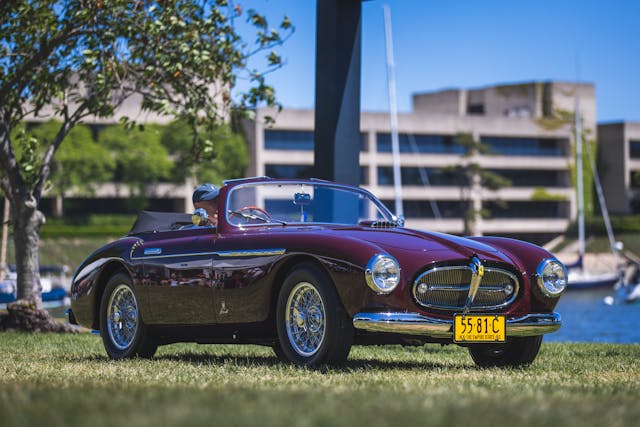
There were 15 Vignale-bodied beauties at Greenwich, including a sweet 1952 Ferrari 342 America Speciale that caught our eye on the tour—and this one captured Best in Class honors. It was also a finalist for Best of Show. Only 27 Ferrari 212 Exports were built, and the best of the best were sculpted by Vignale.
1934 Ford 3-Window Coupe
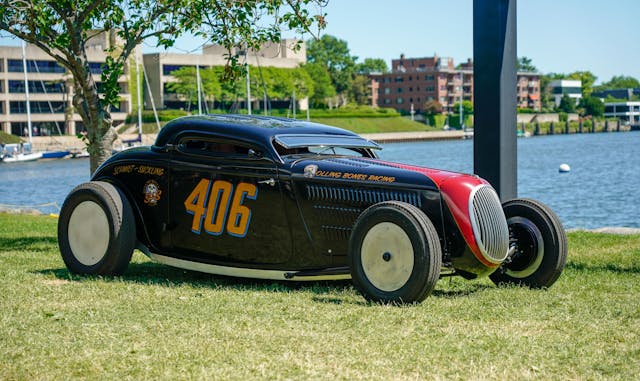
This new build by Rolling Bones had never been shown before Greenwich, and it won Best in Class in the Hot Rods category. It is powered by a Chrysler 392-cubic-inch Hemi (bored to 406) that produces 500 horsepower and 500 lb-ft of torque. Built in the style of a Bonneville/Dry Lakes-style hot rod, the wheelbase was chopped 10 inches, the cowl bottoms were dropped, and the tail was tucked 2 inches. Wondering how you can see out of the thing? Very carefully. Luckily, people will hear you coming from a mile away.
1909 Stanley R Steam Car

With so much power and style on display at Greenwich, it’s easy to look past the Brass Era cars, but this 1909 Stanley R, winner of the Distinguished Motorcar Award, is downright cool. The Stanley Brothers hated the designation “Stanley Steamer,” but that’s exactly what it is—one of 10,930 steam cars the company produced from 1896 to 1924. Greenwich was the culmination of an 18-year restoration project.
1956 BMW R60/TR500 Speziale
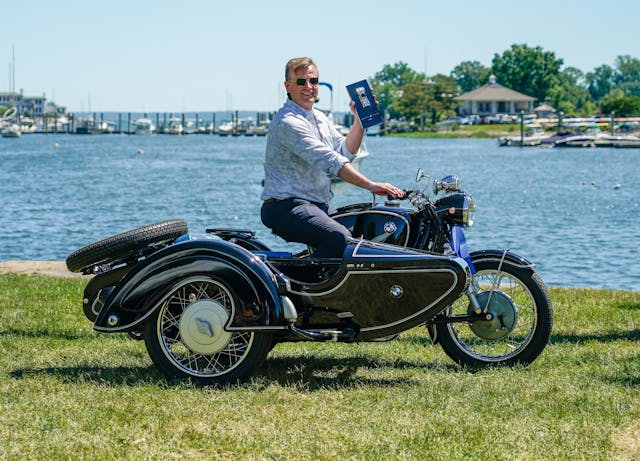
Greenwich included eight BMW motorcycles and eight BSA motorcycles, and this was our favorite. Maybe it was the sidecar. Regardless, the judges agreed, and the 1956 BMW R60—powered by a 594cc opposed twin—won Best in Class honors for BMWs.
1970 Ferrari Dino 246GT
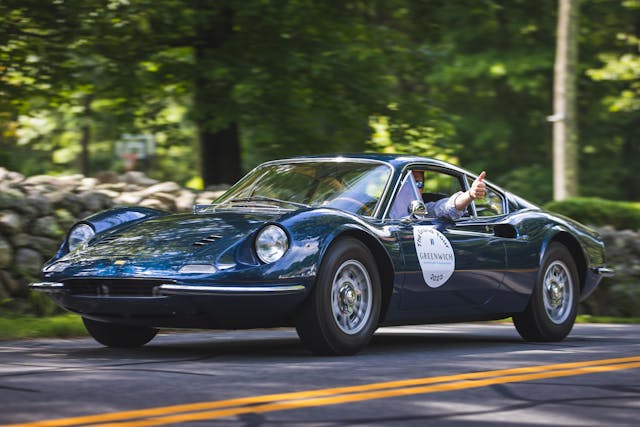
After Ferrari had built and raced a series of six- and eight-cylinder cars under the Dino banner (so named to commemorate Enzo’s fallen son), it was inevitable that a road-going car would be built under this name, and the gorgeous mid-engine, two-seat Dino 206 GT appeared in 1968. In 1970, the car received an upgraded 2.4-liter six-cylinder engine but kept its handsome good looks. This one was awarded Best in Class: Post-War Italian.
1957 Chrysler 300C

The lowest-mileage 300C in existence, with an odometer reading just 27,500, this one was awarded Best in Class: Post-War American (Chrysler Letter Cars) for good reason. Fresh off a complete nut-and-bolt restoration, it is powered by a 390-hp, 392-cubic-inch Hemi V-8. And that’s not all that’s big—the car is more than 18 feet long. The cherry on the sundae is the Hi-Way Wi-Fi under the dash.
1948 Alvis TA14

When civilian automobile production resumed following World War II, Alvis introduced a new model called the TA14. Equipped with a 1.9-liter four-cylinder engine mated to a four-speed manual transmission, this two door model is a desirable exception; most TA14s were four-door saloons. We admired it all weekend, from the tour to the concours, and it beat out six other Alvis automobiles for Best in Class.
1956 Dodge C-4 Power Wagon
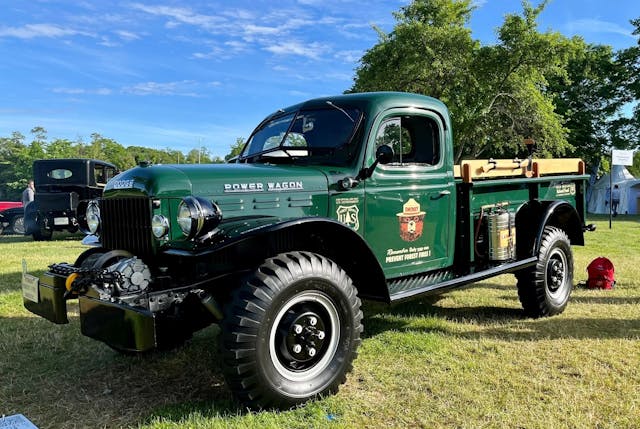
A double award winner—for Speed and Style and for People’s Choice—this Power Wagon is a head turner. Restored in period-correct U.S. Forestry Service Green Mountain National Forest colors, it was originally purchased to haul wood. It only seems fitting then that it blessed us with its presence at Greenwich.

